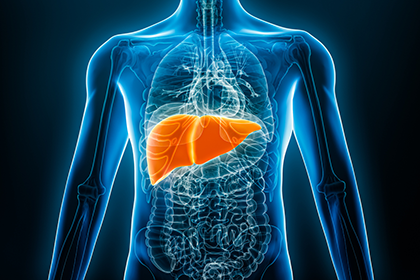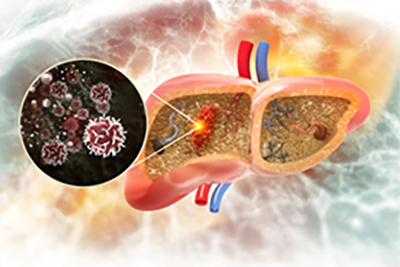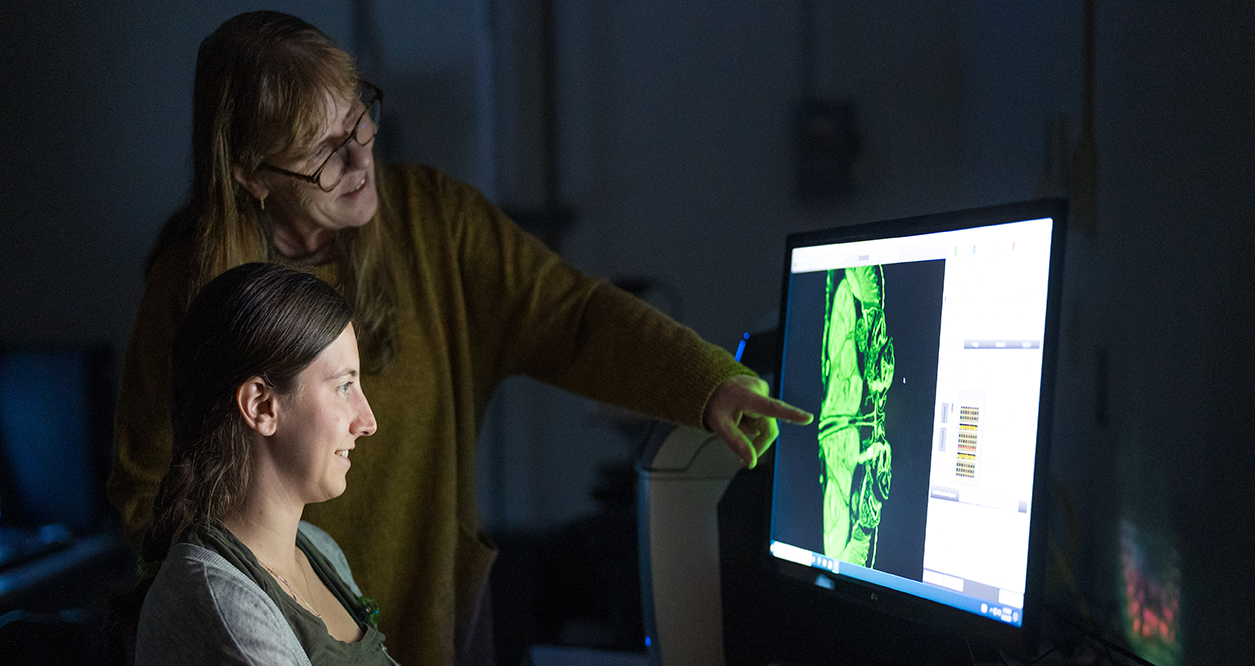Environmental Exposure

Improving workforce health by studying exposures to harmful environmental factors in the workplace that contribute to disease.
Prolonged exposure to environmental extremes, including sunlight, air and water pollution, smoke, toxins, and heat, can have major health consequences. Long-term exposure to many of these conditions can result in damaged DNA that correlates with increased risks of cancer and metabolic and neurodegenerative diseases.
Researchers at the Oregon Institute of Occupational Health Sciences characterize the effects of occupational exposures, determine the mechanisms and underlying genetic variations through which exposures adversely affect health, and develop evidence-based solutions to prevent harm and reduce the negative health impacts when exposures occur.
Featured research
Bisphenol A and liver cancer
At the Institute, faculty member Dr. Caren Weinhouse’s research team is studying the potential link between Bisphenol A, a chemical compound found in many consumer products and hepatocellular carcinoma, a deadly liver cancer common across the globe.

Understanding the genetic onset of disease, DNA damage, and repair mechanisms
In Dr. Stephen Lloyd’s laboratory, researchers study how exposure to toxins, pollutants, and environmental factors such as sunlight can damage DNA, leading to the onset of disease and how enzymes within the body address DNA damage.

Environmental exposure research projects
Our nationally recognized scientists are setting the stage for a thriving workforce and better health in Oregon and beyond. Environmental exposure research at the Institute seeks to identify and understand the biological mechanisms associated with health-related risks posed by exposure to environmental extremes and pollutants. The sections below contain examples of research currently underway at the Institute.

The causes of DNA methylation response to methylmercury
Research in Dr. Caren Weinhouse's lab will shed critical light on mechanisms underlying chemical effects on DNA methylation, which will directly enable public health protection from chemicals with epigenetic mechanisms in action.

Role of base excision repair in limiting hepatocellular carcinomas
Researchers in Dr. Stephen Lloyd’s lab have discovered that deficiencies in a DNA base excision repair gene are a risk factor for developing liver cancer. This study investigates how these deficiencies can drive the onset of liver cancer.

Connecting nuclear functions of Tau with pathology in Alzheimer’s disease
Professor Doris Kretzschmar uses novel Drosophila knock-in models to investigate the effects of disease-associated Tau on DNA damage responses, chromatin structure, and the neuronal transcriptome to better understand pathology in neurodegenerative diseases.

Examples of recent publications
Vartanian, V., Krey, J. F., Chatterjee, P., Curtis, A., Six, M., Rice, S. P., ... & Barr‐Gillespie, P. G. (2023). Spontaneous allelic variant in deafness–blindness gene Ush1g resulting in an expanded phenotype. Genes, Brain and Behavior, e12849.
Holvoet, H., Long, D. M., Law, A., McClure, C., Choi, J., Yang, L., ... & Kretzschmar, D. (2022). Withania somnifera extracts promote Resilience against age-related and stress-induced behavioral phenotypes in drosophila melanogaster; a possible role of other compounds besides withanolides. Nutrients, 14(19), 3923.
Weinhouse, C., Perez, L., Ryde, I., Goodrich, J. M., Miranda, J. J., Hsu-Kim, H., ... & Pan, W. K. (2022). Epigenetic biomarkers of autoimmune risk and protective antioxidant signaling in methylmercury-exposed adults. bioRxiv, 2022-07.
Zuckerman JT, Minko IG, Kant M, et al. Functional analyses of single nucleotide polymorphic variants of the DNA glycosylase NEIL1 in sub-Saharan African populations. DNA Repair (Amst). Sep 2023;129:103544. doi:10.1016/j.dnarep.2023.103544

Faculty labs
Charles N. Allen Lab
Research in the Allen Lab focuses on understanding the intracellular and intercellular signaling mechanisms that couple suprachiasmatic nucleus neurons into a neural network that generates circadian rhythms.
Doris E. Kretzschmar Lab
The focus of the Kretzschmar Lab is to identify genetic factors and mechanisms that lead to progressive degeneration of the adult nervous system using Drosophila as a model for human disease.
R. Stephen Lloyd Lab
Research in the Lloyd Lab focuses on understanding the mechanisms through which defects in DNA repair leads to metabolic disease, neurodegenerative disorders, and cancer, from which therapeutic strategies can be developed.
Amanda McCullough Lab
The focus of the McCullough Lab is to investigate the mechanisms through which defects in DNA repair processes lead to human disease and use this knowledge to design proactive therapeutics to prevent or limit disease.
Caren Weinhouse Lab
The Weinhouse Lab studies the mechanisms of transcriptional regulation and epigenetic patterning in response to environmental cues or stressors, with a focus on chemical pollutants.
Learn more about our work

Newsletter
Explore professional development opportunities, the latest updates from the Oregon Healthy Workforce Center and the Occupational Public Health Program, a research snapshot, and upcoming occupational health-focused events.

Blog
The Oregon and the Workplace Blog features the latest from OccHealthSci research, professional development opportunities, and valuable insights from disciplines associated with occupational health, safety, and well-being.

Podcast
The What's Work Got to Do with It podcast, produced by OccHealthSci, brings together occupational health, safety, and well-being experts to discuss the latest topics relating to worker health, well-being, and safety in Oregon and beyond.